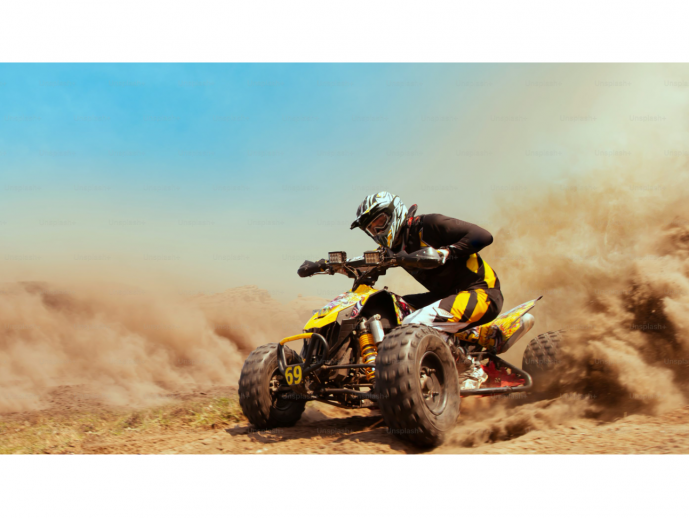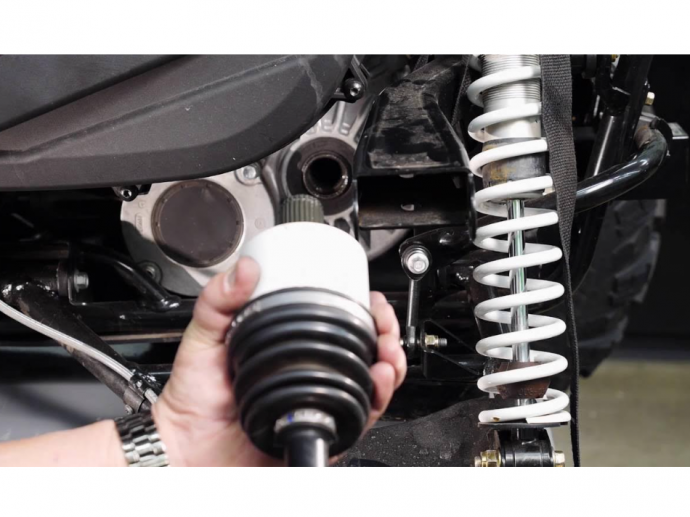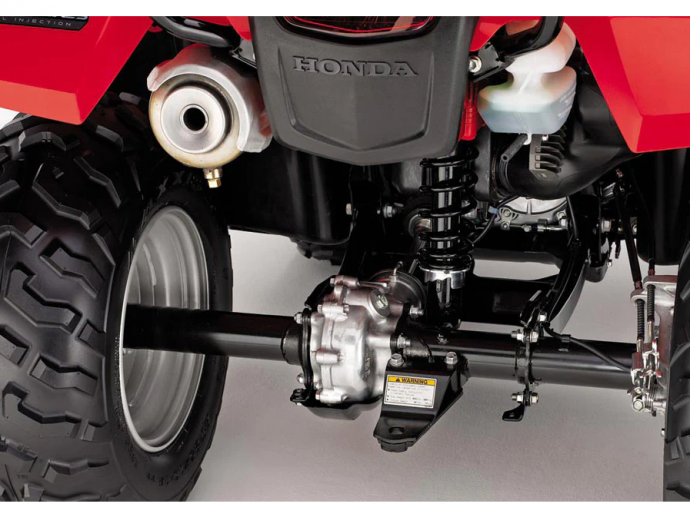Categories more
- Adventures (17)
- Arts / Collectables (15)
- Automotive (37)
- Aviation (11)
- Bath, Body, & Health (77)
- Children (6)
- Cigars / Spirits (32)
- Cuisine (16)
- Design/Architecture (22)
- Electronics (13)
- Entertainment (4)
- Event Planning (5)
- Fashion (46)
- Finance (9)
- Gifts / Misc (6)
- Home Decor (45)
- Jewelry (41)
- Pets (3)
- Philanthropy (1)
- Real Estate (16)
- Services (23)
- Sports / Golf (14)
- Vacation / Travel (59)
- Watches / Pens (15)
- Wines / Vines (24)
- Yachting / Boating (17)
Arctic Cat ATV Axles: Everything You Need to Know to Upgrade Your Ride
Published
01/29/2025Like its major North American rivals, Arctic Cat grew from a relatively small and unknown snowmobile manufacturer to become one of the biggest names in ATVs and side-by-sides. Models like the Prowler Pro, Wildcat and Alterra have become household names, offering a balanced and well-construed mix of power and agility for any off-roading adventure. Throw in the robust and innovative designs, unmatched suspension setups and some of the best reliability records of any quad brand to see why Arctic Cat regularly tops buyers' wish lists.
A major drawcard to the Arctic if something goes wrong is the huge inventory of original equipment and aftermarket parts. While bettering its closest rivals like Polaris and CanAm for outright reliability, even Arctic Cat isn't immune to common problems that plague the entire sector. Owners have complained of bent or snapped Arctic Cat ATV axles, shredded drive belts, and brake issues. These, though, are an easy fix if you know where to look.
ATV and Side-by-Side Axle Basics
Arctic Cat has some of the most powerful quad bikes on the market. The Prowler Pro pushes over 130hp and revs to high redlines with a slight nudge of the throttle. That much power though can overwhelm the stock parts. Particularly those involved in power transfer. Clutches, pulleys, belts and axles are put under extreme stress and heat while spinning thousands of times each minute.
Not helping axles and connected CV joints is the fact they also need to support the weight of the quad and rider, while negotiating uneven terrain and obstacles and providing the pivoting for basic maneuvers like turns. While robust (especially compared to competitor brands), Arctic Cat axles are rated for thousands of miles of regular use in normal driving and weather conditions. But building its customer base on extreme performance means axles in your Cat might need more frequent replacements.
Common Signs of Axle Failure
If you're pushing the Wildcat or Prowler to their limits, then axles will show signs of wear earlier than expected. The parts consist of metal shafts that provide the required tensile strength, adjoining CV joints connecting the assemblies to the chassis and protective CV boots packed with lubricating grease to ease the friction of metal-on-metal parts. While shafts are sturdy and rated for more abuse, most problems occur from torn boots, faulty joints and leaking lubricant. Symptoms include:
- Clicking, clunking and popping sounds - These can be heard at lower speeds, when negotiating turns and when working the throttle. The main causes are wear in the joints, leading to improper rotation, or worn bearings, usually sustained from impact. Prolonged noises impact traction and stability, but can also signal more wear in the transmission, specifically the clutch pulleys, and the supporting suspension parts. Additionally, excessive play and accompanying clunking in the joints from worn bushings and bearings can lead to axle binding or the parts snapping straight off.
- Vibrations - Misaligned axles and advanced wear can show up as excessive vibrations that can be felt through the handlebars or steering wheel.
- Gradual or abrupt power loss - Worn or damaged axles impact performance. This can be on one or more wheels and leave you stranded in the middle of nowhere. An easy way to assess the damage is increased tyre wear and the quad pulling to the side.
Before axles bend, snap or incur irreparable damage, spotting signs of wear earlier on can save you thousands in labor and parts, and still leave with a fully functioning Cat to enjoy trail runs or get work done.
Getting Replacement Axles for Your Cat
Having compatible rear and Arctic Cat front axles in storage beds or cargo boxes and a basic tool set means you can change warped, bent or broken axles on the go. While original equipment variants promise more of the same as when you got your quad from the dealers, aftermarket options go with better builds, superior materials and longer lifespans. This ensures consistent performance, no weird sounds or high repair bills if you also wreck the transmission, steering components or suspension.
When searching for Arctic Cat ATV axles, consider the power and torque ratings of the engine, where and how you'll be using the machine and whether lower prices pay for uses like towing and hauling gear at the worksite. Aftermarket brands do thorough research of past and present models to create axles that fit as a glove, deliver max power, and can handle demanding higher heat and friction that comes with higher engine loads and top speeds.
Buyers are often presented with a two-tiered lineup - that of heavy-duty and extreme-duty axles. The two differ in the selection of materials, production and treatment methods and overall quality. Lower powered versions of the Alterra (such as the 300 and 450) can see big performance gains with heavy-duty axles built of durable and heat-treated 5140 stainless steel and thicker shaft diameters for added strength, the machined joints for smoother power transfer, industrial bearings for lower friction and heat. Boots are made of puncture-proof and thick neoprene that holds its own against sharp rocks, stumps and other obstacles and keeps lubricant inside.
For bigger Arctic Cat models like the various Wildcat and Prowler variants, go with extreme-duty axles. Here, the bigger and more powerful engines benefit from the thicker 4340 Chromoly steel shafts, CNC-machined joints for tighter tolerances and increased wheel articulation, and more durable heavy-duty neoprene boots that keep out water, mud and debris.
Boots are additionally filled with high-pressure moly grease to cope with the higher temperatures generated at high speeds. The CV joints are lined with induction-treated bearings for minimal resistance. The result is tougher axle assemblies ready to take the heat with the throttle maxed out, paired with the durability and agility required in technical trails and demanding work tasks.
The aftermarket promises more options, a wider selection of brands and axles at prices that meet specific needs and budgets. Often this is much cheaper than OE options without sacrificing quality. And possibly the only option for discontinued Arctic Cat models like the Thundercat and Stampede. Shop for axles and spares in front and rear left and right variants from trusted brands and well-stocked ATV and UTV stores.

















